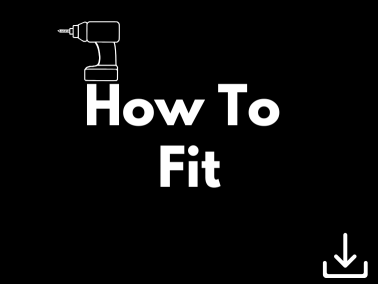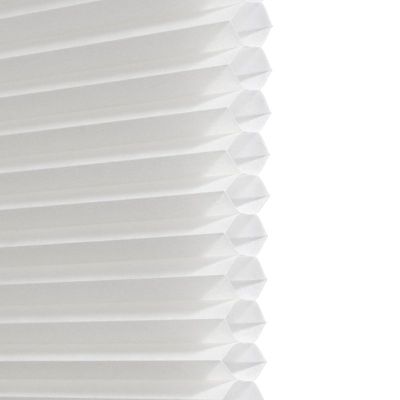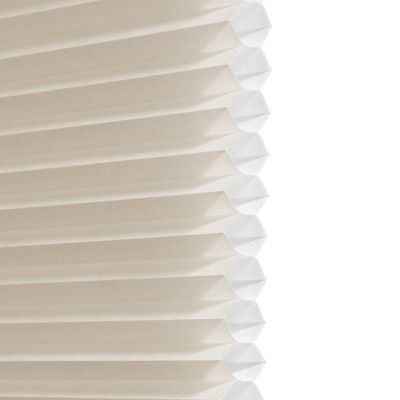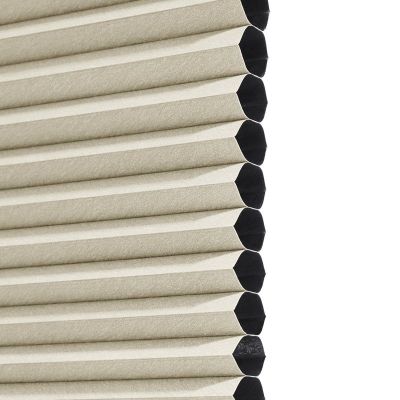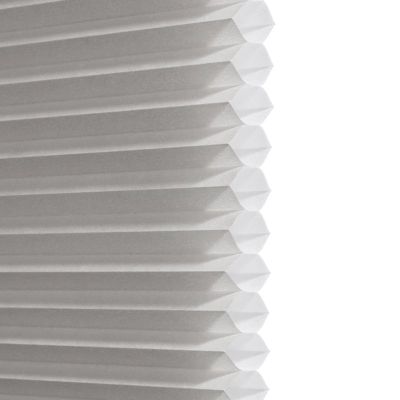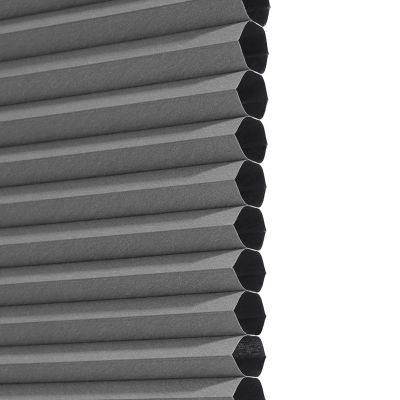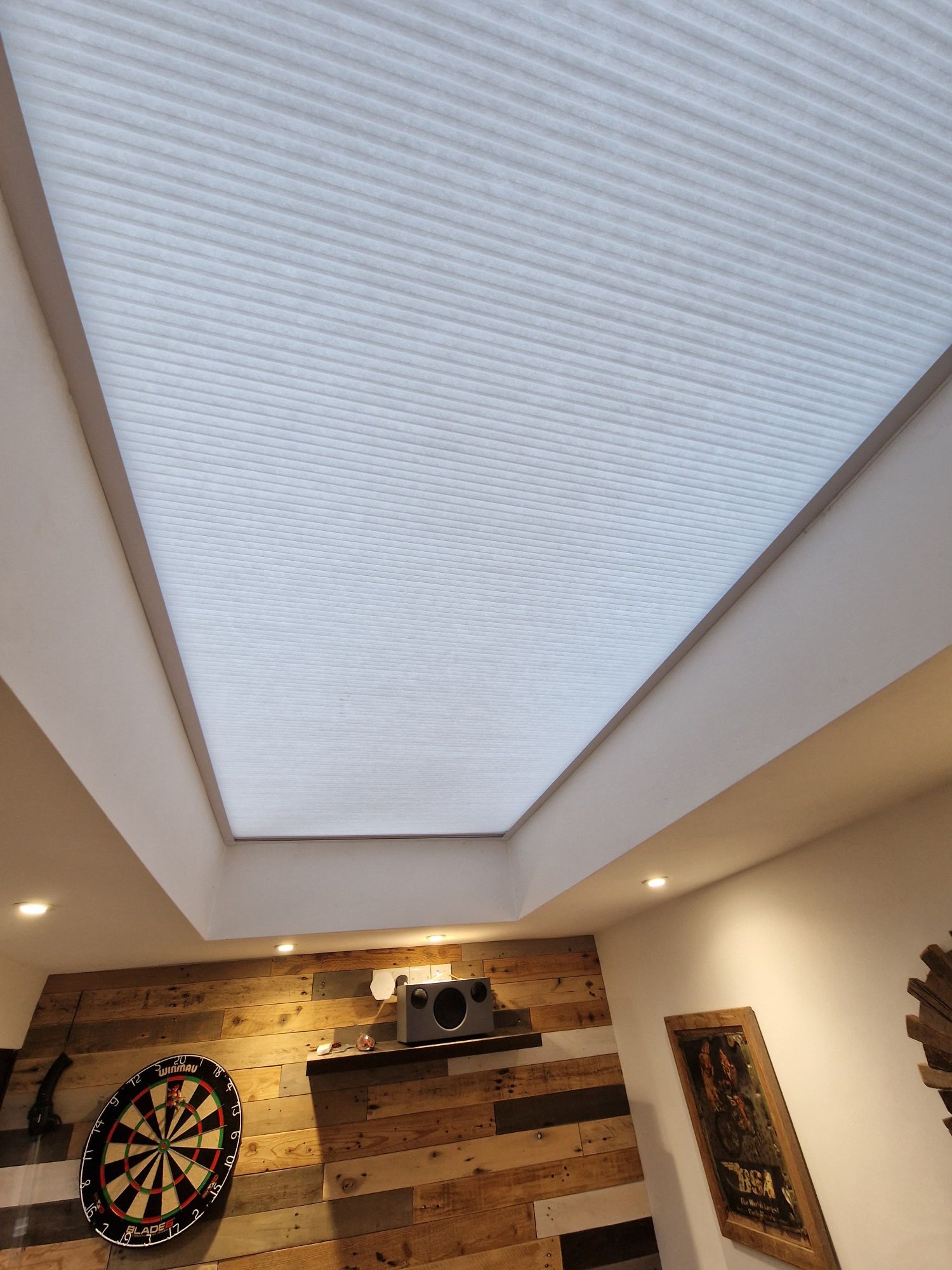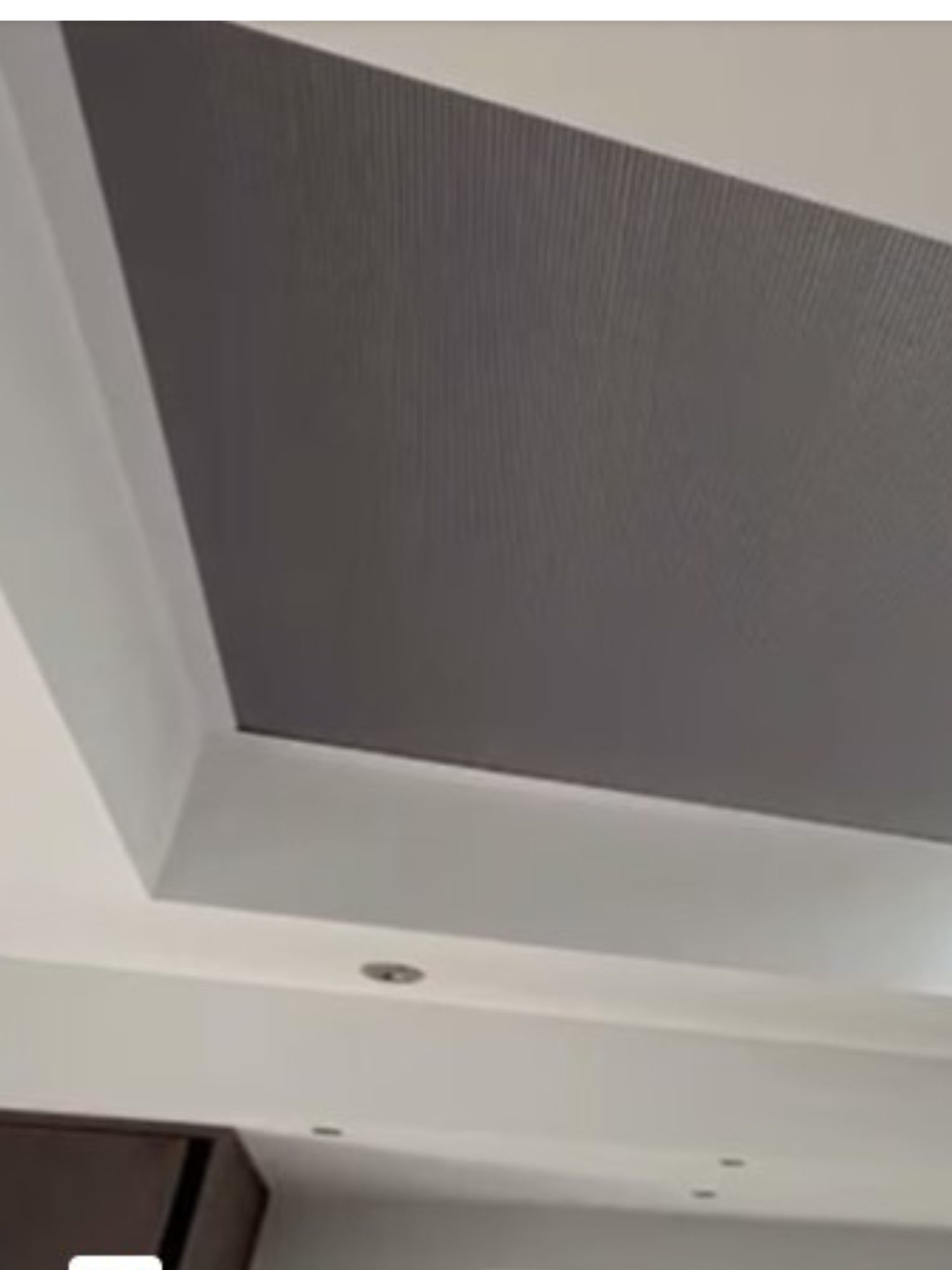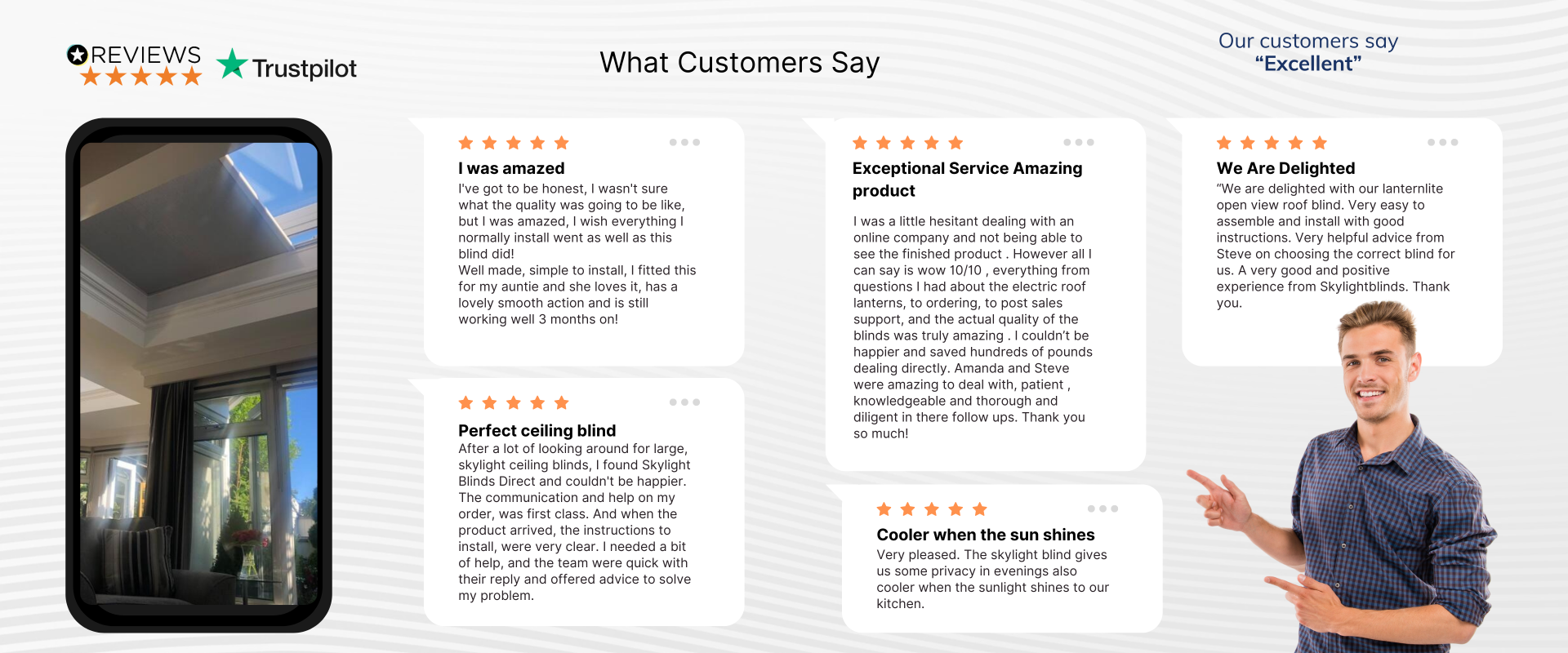Honeycomb Openview Manual Blind
The Honeycomb OpenView Manual Blind is the perfect blind for most roof windows. From very small skylight windows right through to large roof lantern windows. The hollow nature of the fabric traps air creating a barrier against heat loss and gain. This easy-to-fit thermal manual blind is a cellular fabric blind that sits within its own frame. This attractive blind moves up and down the window on hidden guide wires and is visibly wire-free.
Minimum width: 250mm
Max width: 1850mm x Max length: 5000mm*
* it is recommended to opt for the Twin honeycomb OpenView manual blind for lengths over 3500mm long
No Visible Guidewires
No power needed: Rod operation
Thermal: Comes in a selection of thermal blackout or antiglare thermal fabric
Fabric Choices
Customer Photos & Videos
Frequently Asked Questions
Honeycomb OpenView manual blind
Fits anywhere "inside the recess"
It is a robust 4-sided frame blind (more forgiving on out-of-square recesses)
It is less fragile and doesn't fault easily
We usually recommend the honeycomb OpenView manual blind over the SkyFIT manual blind as it is more suitable for windows that are out of square and can fit anywhere inside the recess. Whereas the SkyFIT blind only fits at the bottom edge of the recess (flush with the ceiling) and it is more suitable for out-of-square recesses.
Fits at the "bottom edge of the recess flush with the ceiling"
Is a 3-sided frame (relies heavily on the squareness of your recess)
Needs to be operated very carefully to ensure that the roller fabric is not pulled out of the side channels
To help your blinds stay in top condition and look great for years, here are some helpful tips for care and maintenance.
A Note on Honeycomb Fabric
Honeycomb fabric features hollow cells with open ends, meaning it can occasionally trap flies or debris. However, the Honeycomb Openview Manual Skylight Blind is cleverly designed to fit snugly within its own frame, thus reducing this issue. A little regular cleaning will keep your blinds in perfect shape.
How to Clean Your Blinds
Cleaning the Fabric
- Close the blind until it’s about three-quarters closed.
- Gently remove dust using a vacuum cleaner with a soft brush attachment.
- To clean between the pleats, carefully shift the fabric while in this position.
Cleaning the Aluminium Frame
- Wipe the aluminium frame with a glass cleaner.
- The durable powder-coated finish ensures no damage from standard cleaning products.
Cleaning the Side Channels
- Use a vacuum cleaner to remove any dust or debris from inside the side channels.
- Don’t stress about perfection—your blinds are designed to function reliably without intensive cleaning.
Dos and Don’ts for Cleaning
Avoid these products:
- Solvents
- Abrasive cleaning sands or pastes
- Organic thinners
- Harsh alkaline detergents
Use these instead:
- A mild detergent and water or soap and water solution.
- Soft sponges or cloths (avoid anything abrasive like steel wool).
How Often to Clean Your Blinds
For optimal performance and appearance, aim to:
- Clean them at least twice a year:
- Once after winter, to remove accumulated dust.
- Once after summer, especially if windows or doors are frequently open.
Regular Maintenance Tips
Inspect your blinds periodically to ensure they’re in perfect working order. Look out for:
- Unusual noises when opening or closing.
- Uneven movement, such as one side operating faster than the other.
- Loose screws in the side channels.
- Signs of wear and tear on cords or other moving parts.
By following these simple steps, your Honeycomb OpenView Manual Blinds will stay as functional and stylish as the day they were installed!
The stacking height includes the frame of the blind and the fabric stack.
From 500 to 1100, the stack is within 87mm. Sizes are approximate and will increase slightly for blackout fabric
| Drop | Stacking (mm) |
|---|---|
| 1400 | 93 |
| 1600 | 97 |
| 1800 | 102 |
| 2000 | 106 |
| 2200 | 110 |
| 2400 | 115 |
| 2600 | 119 |
| 2800 | 123 |
| 3000 | 128 |
| 3200 | 132 |
| 3400 | 137 |
| 3600 | 141 |
| 3800 | 146 |
| 4000 | 150 |



























































